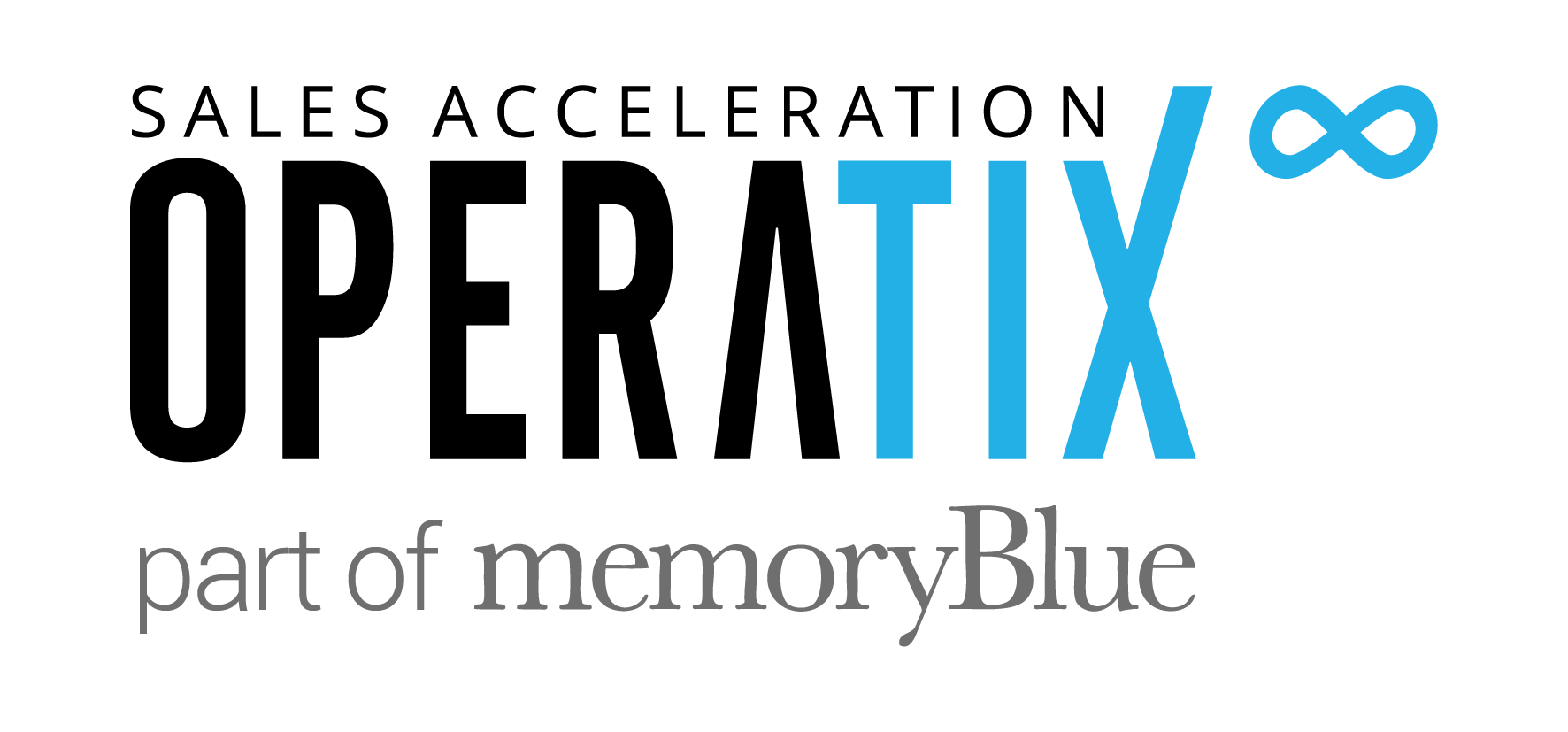Sales + Marketing + Alignment
Why are these always the dreaded words?
(And whose fault is it when alignment doesn’t happen?)
Recently on B2B Revenue Acceleration, we interviewed Andy Culligan, CMO at Leadfeeder, about how to align sales and marketing.
“My main focus is connecting the dots between sales and marketing teams,” Andy said.
With a sales background — he was an SDR — and an email marketing specialist, Andy has deep insights into lead generation.
Leadfeeder fills in the gap around website visitors who don’t provide contact information. “We really show that first party data, high intent data — data that you own, which shows intent to purchase from you,” he explained.


Marketing and sales don’t talk to one another because marketing and sales leaders don’t talk to one another.
Andy Culligan – CMO at Leadfeeder
Is sales & marketing alignment a myth?
The common denominator that keeps sales and marketing from true alignment is that both departments are made up of humans.
Why do we so often fail to make it work?
1 — Expectations
If sales and marketing don’t have a shared why, they just go off and do two different things.
“What will typically happen is that sales will say, I’m just going to ignore the leads that are coming in from marketing,” Andy said.
Sales just doesn’t believe marketing’s leads are qualified.
Most salespeople tell Andy that 40% of the leads from marketing are bad.
“I say, that is fantastic news,” Andy said. Benchmarks suggest that, actually, 60% of all leads are not going anywhere.
It’s a human trait to remember things that are terrible and forget things that are great.
2 — Complexity
It’s hard to align sales and marketing because our sales cycles are more complex than ever before.
With a 24-month sales cycle and an average mid market deal size of $100K per year, it’s no wonder that there are variations in the process.
“We tried to simplify as much as possible,” Andy said.
-Automated lead qualifications
-Data analytics tools
-Department structure
“We had the SDRs reporting into marketing,” Andy said. “It allowed me to make sure that anything that my marketing guys were bringing in was immediately getting looked at by the SDRs because they like to control that entire process.”
3 — Lead scoring
Too much reliance on lead scoring means too little emphasis on the human layer.
A great lead might have a low lead score. A human connection might be all it takes to make it more qualified.
“My advice would be if you’re selling to that enterprise level sales, you need to have a couple of layers: an automated layer and then a human layer qualification,” he said.
Let SDRs sift through as much of the qualified leads as they possibly can. This will keep them sharp.


In terms of how important the SDR role is for the alignment piece, it’s massively important who they should report into.
Andy Culligan – CMO at Leadfeeder
When sales & marketing don’t align
Whose fault is it when sales and marketing can’t get along?
“Leadership,” Andy said. “100% of the time, marketing and sales don’t talk to one another because marketing and sales leaders don’t talk to one another.”
Here’s what it takes to start alignment:
- Establish a mutual agreement between sales and marketing — at the very top. The CRO and CMO (or VPs of Sales and of Marketing) collaborate on next year’s targets.
- Create a simple attribution model. This will clarify who is responsible for achieving the number by outlining when an opportunity has been created by sales or by marketing.
- Determine some top level percentages. The SDR team, for example, could deliver 70% of the pipeline.
- Launch a targeted account-based marketing initiative. Each of the touchpoints in an account would be contacted by an SDR.
Here’s how Andy suggests positioning lead generation.
“Marketing will bring in the leads, then it’s up to the SDR to really get it up to the next level in terms of getting into a meeting,” Andy said.
Bottom line: It’s the SDR teams that make alignment happen.
“In terms of how important the SDR role is for the alignment piece, it’s massively important who they should report into,” Andy said.
He suggested they should report into marketing. “The CMO is there to make sure that lead gen is working, demand gen is working, and all their outbound stuff is working.”
Having SDRs report into marketing also keeps them from creating their own messaging (which is bad all around).


The CMO is there to make sure that lead gen is working, demand gen is working, and all their outbound stuff is working.
Andy Culligan – CMO at Leadfeeder
The alignment roles of the C-suite
What should the CEO do?
“Hire the right people,” Andy said.
-Does the CMO have experience in sales to understand the pain points?
-What are their typical KPIs?
-How do they align their efforts towards what sales is doing?
What should the CMO do?
“Give a 30/60/90 day plan,” he said.
Just as you would expect a salesperson to, you should expect a marketer to do the exact same.
Oh, and they should speak frequently with the head of sales about where the opportunities are coming from, as well as what is and isn’t working.
What should the CRO do?
Collaborate.
“If things are growing, then you can be pretty sure that the CRO and the CMO are working well together. If things are not growing, then there’s an issue somewhere,” Andy said.
What should the CFO do?
Monitor revenue growth.
The CMO’s target is aligned to revenue growth. The CRO’s whole target is revenue growth. And the CFO can predict how much money is needed to get there.
“The CFO would work in an advisory capacity,” Andy said. “Will it work from a money perspective to hit the targets the CMO and the CRO are setting?”
Connect with Andy on LinkedIn or get a free trial of Leadfeeder at leadfeeder.com.
To hear this interview and many more like it, subscribe to The B2B Revenue Acceleration Podcast on Apple Podcasts, on Spotify, or on our website.




